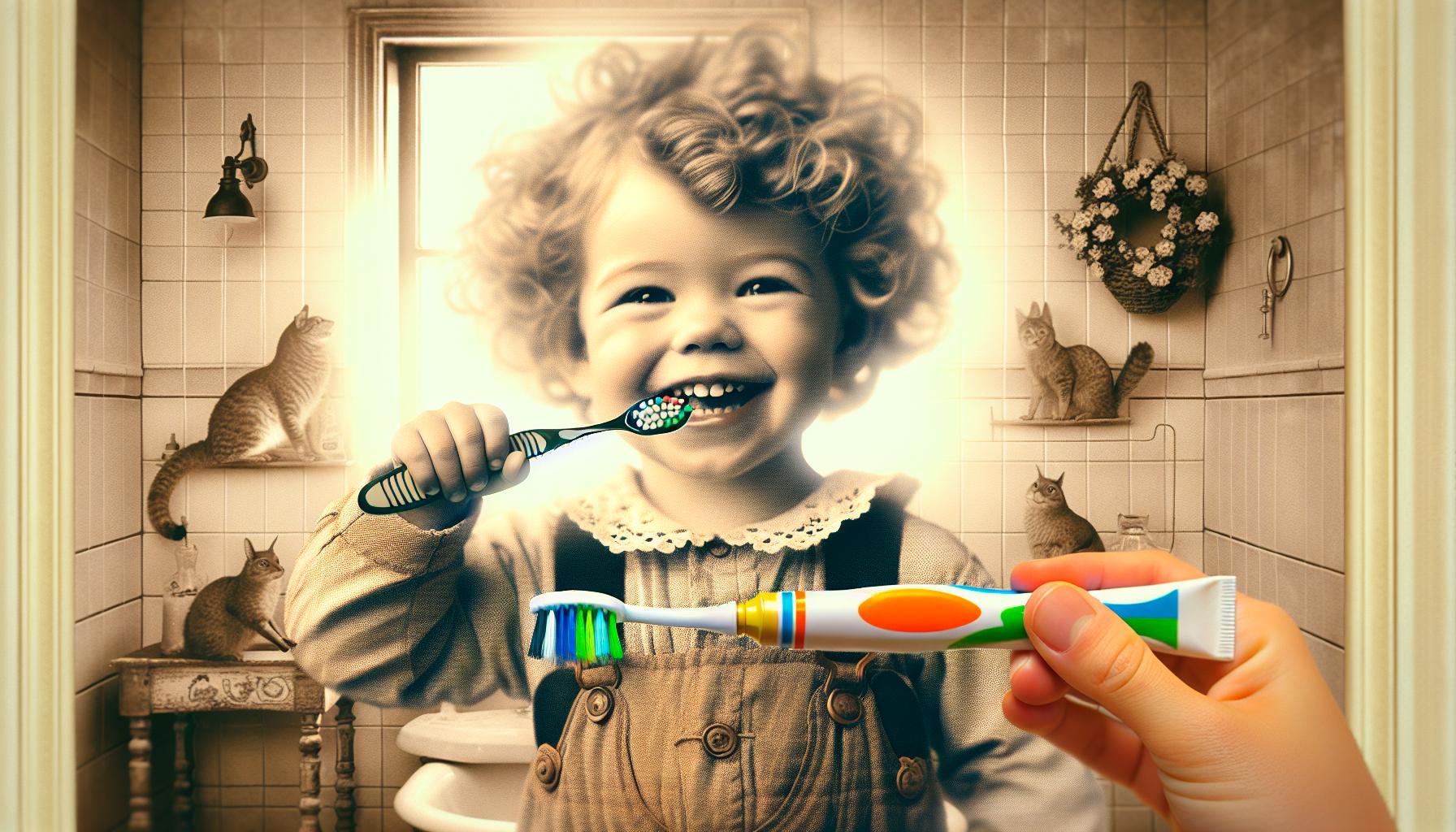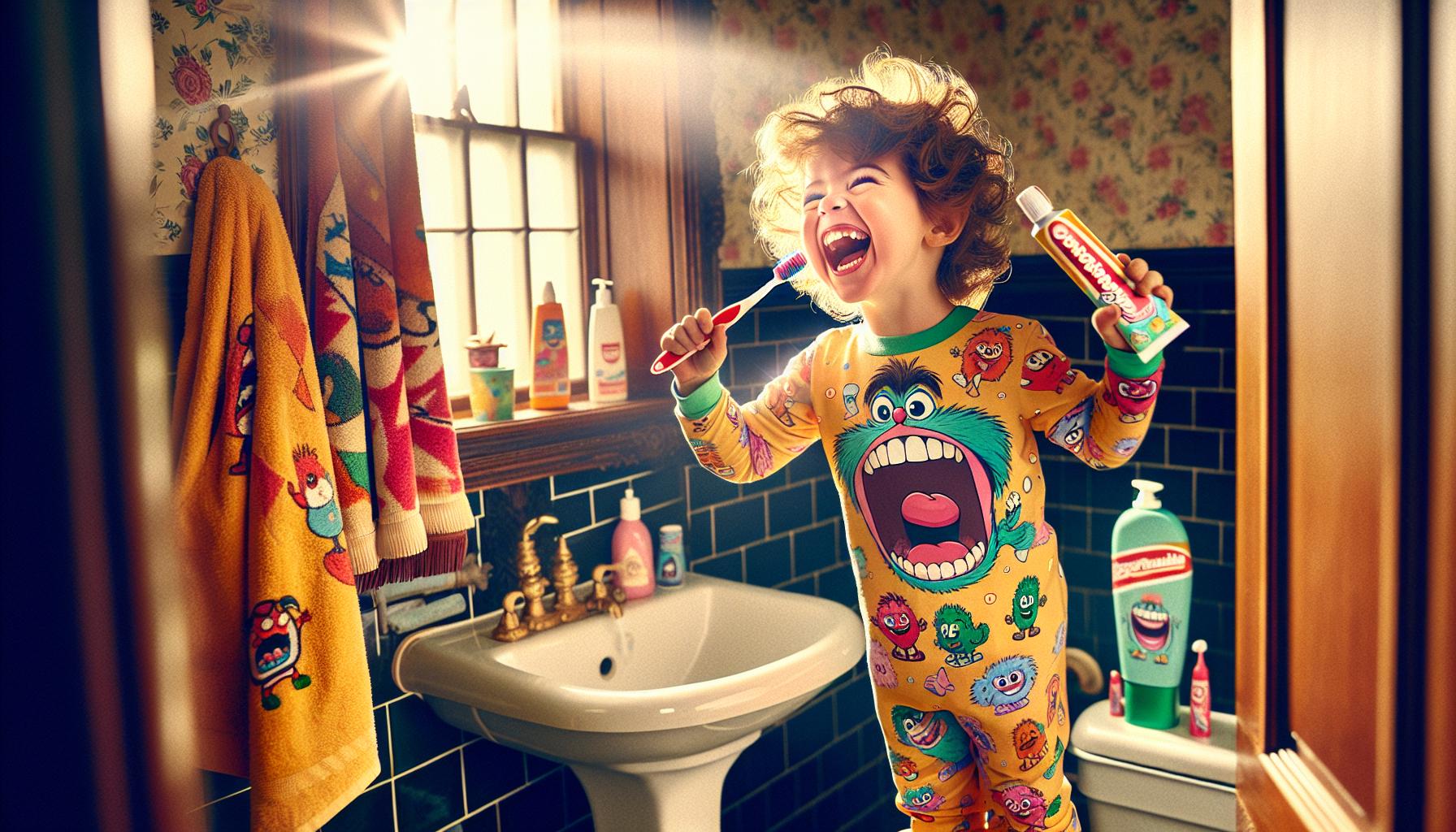Teaching kids how to brush their teeth properly sets the foundation for lifelong dental health. With playful techniques and engaging routines, parents can make brushing fun while ensuring their little ones learn essential skills. This article explores effective methods and tips to help children develop good oral hygiene habits that will last a lifetime.
Importance of Dental Hygiene for Kids
Dental hygiene plays a crucial role in children’s overall health. Establishing good habits early can prevent cavities, gum disease, and other dental issues. Regular brushing removes plaque, a sticky film of bacteria that forms on teeth, reducing the risk of tooth decay.
Healthy teeth support proper speech development and contribute to self-esteem. Kids with healthy smiles tend to feel more confident in social situations. Furthermore, maintaining oral hygiene can prevent painful dental treatments in the future.
Parents should encourage daily brushing and regular dental check-ups. The routine reinforces the importance of caring for teeth and helps children understand the connection between dental health and general well-being. Using fluoridated toothpaste strengthens enamel and aids in cavity prevention.
For expert advice and care, seeking a paediatric dentist, such as Brisbane Paediatric Dentist, ensures that your child’s dental health is in capable hands. A paediatric dentist specializes in the care of young teeth and gums, providing child-friendly treatments that foster positive dental experiences.
Involving children in their dental care by allowing them to choose their toothbrush and toothpaste can foster a positive attitude toward brushing. Engaging them through fun and educational activities about oral hygiene further enhances their understanding and commitment to maintaining their dental health.
Choosing the Right Toothbrush and Toothpaste

Choosing the right toothbrush and toothpaste contributes significantly to children’s dental hygiene. Proper selection ensures effective cleaning and makes the brushing experience enjoyable.
Toothbrush Features to Consider
- Size: Select a toothbrush with a small head to easily reach all areas of the mouth. A child-sized toothbrush fits better in small mouths.
- Bristle Type: Soft bristles are gentle on gums and effective for cleaning teeth. They reduce the risk of gum irritation.
- Handle Design: Look for an easy-to-grip handle. A non-slip grip enables better control during brushing.
- Electric vs. Manual: Both types are effective. Electric toothbrushes may encourage children with fun features, while manual toothbrushes promote skill development.
Fun Flavours of Toothpaste
- Fruit Flavours: Many brands offer toothpaste in fruit flavours like strawberry, banana, or grape. These flavours appeal to children and encourage regular brushing.
- Sugar-Free Options: Choose sugar-free toothpaste to prevent cavities while maintaining enjoyable taste. Sweeteners like xylitol provide flavour without sugar’s harmful effects.
- Bright Packaging: Select toothpaste that features favourite characters or bright colours. Eye-catching packaging may increase children’s interest in dental care.
Implementing these tips helps form positive dental habits, ensuring children understand the importance of maintaining good oral hygiene.
The Step-by-Step Guide on How to Brush Teeth for Kids
Proper tooth brushing habits start early and require clear guidance. Here’s a straightforward approach to help kids develop effective oral hygiene routines.
Preparing for Tooth Brushing
Select a child-friendly toothbrush that suits their mouth size. Look for soft bristles to protect sensitive gums. Choose a fluoride toothpaste, ensuring it’s a flavour kids enjoy, such as fruit varieties. Establish a regular brushing spot with good lighting and a mirror, making the experience more engaging. Encourage children to gather their toothbrush and toothpaste together, reinforcing a sense of responsibility.
Correct Brushing Technique
Use small, gentle circular motions to clean each tooth thoroughly. Start at the back, moving towards the front, and then brush in a sweeping motion along the front teeth. Make sure to include the chewing surfaces, and don’t forget the tongue for fresh breath. Aim for at least two minutes of brushing time, which can be monitored using a timer or by playing a two-minute song. Emphasise light pressure to avoid damaging gums while ensuring all surfaces are cleaned properly.
Timing and Frequency
Brush teeth twice a day, ideally in the morning and before bedtime. Regular brushing removes plaque and food particles, significantly reducing the risk of cavities and gum disease. Encourage regular dental check-ups every six months for professional cleaning and assessment of dental health. Reiterate the importance of maintaining a consistent routine; consistency builds lasting habits.
Making Tooth Brushing Fun
Making tooth brushing enjoyable encourages children to develop lifelong dental hygiene habits. Engaging children through playful methods enhances their interest and consistency.
Engaging Tools and Apps
Utilising engaging tools and apps transforms tooth brushing into an interactive experience. Several apps feature fun games that track brushing progress and provide incentives for completing routines. For example, apps like Brush DJ play music while kids brush to help them time their routine properly. Interactive toothbrushes equipped with lights and sounds also motivate children to brush, turning a mundane task into a fun activity. Colourful, themed toothbrushes with characters from popular shows can capture attention and make brushing feel less like a chore.
Creating a Reward System
Implementing a reward system reinforces positive brushing behaviour. Parents can create a chart to track successful brushing sessions. For each completed session, children can earn stickers or points that lead to a small reward, like extra playtime or a favourite treat. Regularly updating the reward criteria can maintain motivation and excitement. Moreover, celebrating milestones, such as achieving a week of consistent brushing, builds enthusiasm for maintaining good habits.
Conclusion
Establishing good dental habits in children is essential for their long-term health. By making tooth brushing a fun and engaging activity parents can instil a sense of responsibility and excitement about oral hygiene. The combination of the right tools and techniques can turn brushing into an enjoyable routine rather than a chore.
Regular check-ups and consistent brushing are vital elements in preventing dental issues. With a bit of creativity and encouragement children can develop a positive relationship with their dental care. As they grow older these habits will serve them well ensuring a lifetime of healthy smiles.
Frequently Asked Questions
Why is teaching children proper tooth brushing techniques important?
Teaching children proper tooth brushing techniques is crucial for establishing lifelong dental health. Good habits formed early can help prevent cavities, gum disease, and other dental issues, leading to better overall health.
What playful methods can make tooth brushing enjoyable for kids?
Playful methods to make tooth brushing enjoyable include using engaging tools like character-themed toothbrushes, interactive apps, and reward systems. These strategies can create excitement around the routine, encouraging children to participate willingly.
How can parents encourage daily brushing habits?
Parents can encourage daily brushing habits by establishing a consistent routine, choosing fun flavours of toothpaste, and creating a designated brushing spot. Celebrating milestones or using reward systems can also motivate kids to brush regularly.
What are the key factors in choosing a toothbrush for kids?
When selecting a toothbrush for kids, consider factors like size, bristle type, handle design, and whether it’s electric or manual. A child-friendly, soft-bristled toothbrush is ideal for gentle cleaning.
How long should children brush their teeth?
Children should brush their teeth for at least two minutes twice a day. It’s vital for thorough cleaning of all tooth surfaces to prevent plaque buildup and cavities.
Why are regular dental check-ups important for children?
Regular dental check-ups, recommended every six months, are essential for maintaining optimal dental health. They help identify any possible issues early, ensuring that children’s teeth and gums remain healthy.
What role does dental hygiene play in a child’s overall health?
Dental hygiene significantly impacts a child’s overall health, as poor oral care can lead to tooth decay, gum disease, and even affect speech development and self-esteem. Maintaining good oral hygiene is essential for holistic well-being.
